How to boost your TV's audio
Feel the noise
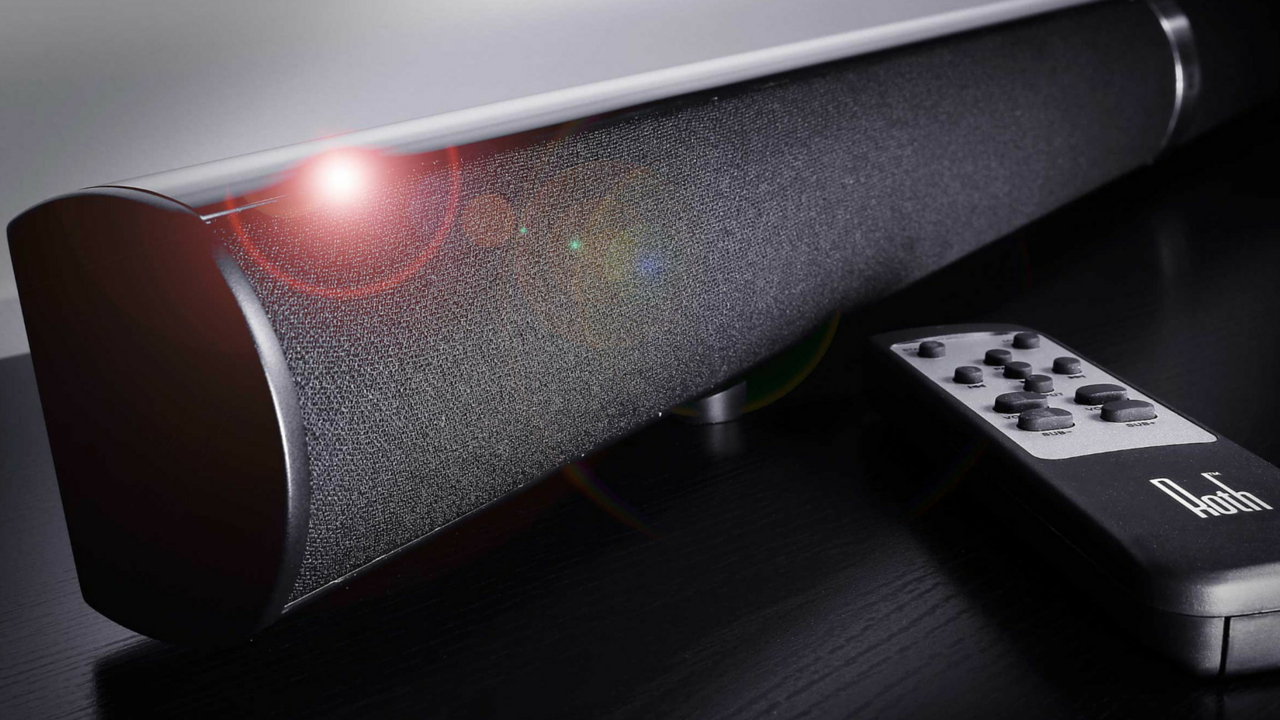
Introduction
TVs sound terrible, and it's all our fault.
A few years ago it was all the rage to buy the slimmest TV possible, the result of which was TV designers slashing the size of the integrated speakers.
Cue hard-to-hear dialogue, thin-sounding music, and movie soundtracks that are all but inaudible.
Step forward the soundbar, which stretches the length of the TV without rising enough to block the picture, though there are other options. From a 2.1 setup to surround sound separates via Bluetooth streaming and other wireless options, if you're looking to boost your TV's sound quality then you have a few decisions to make.
Here's what you need to know.
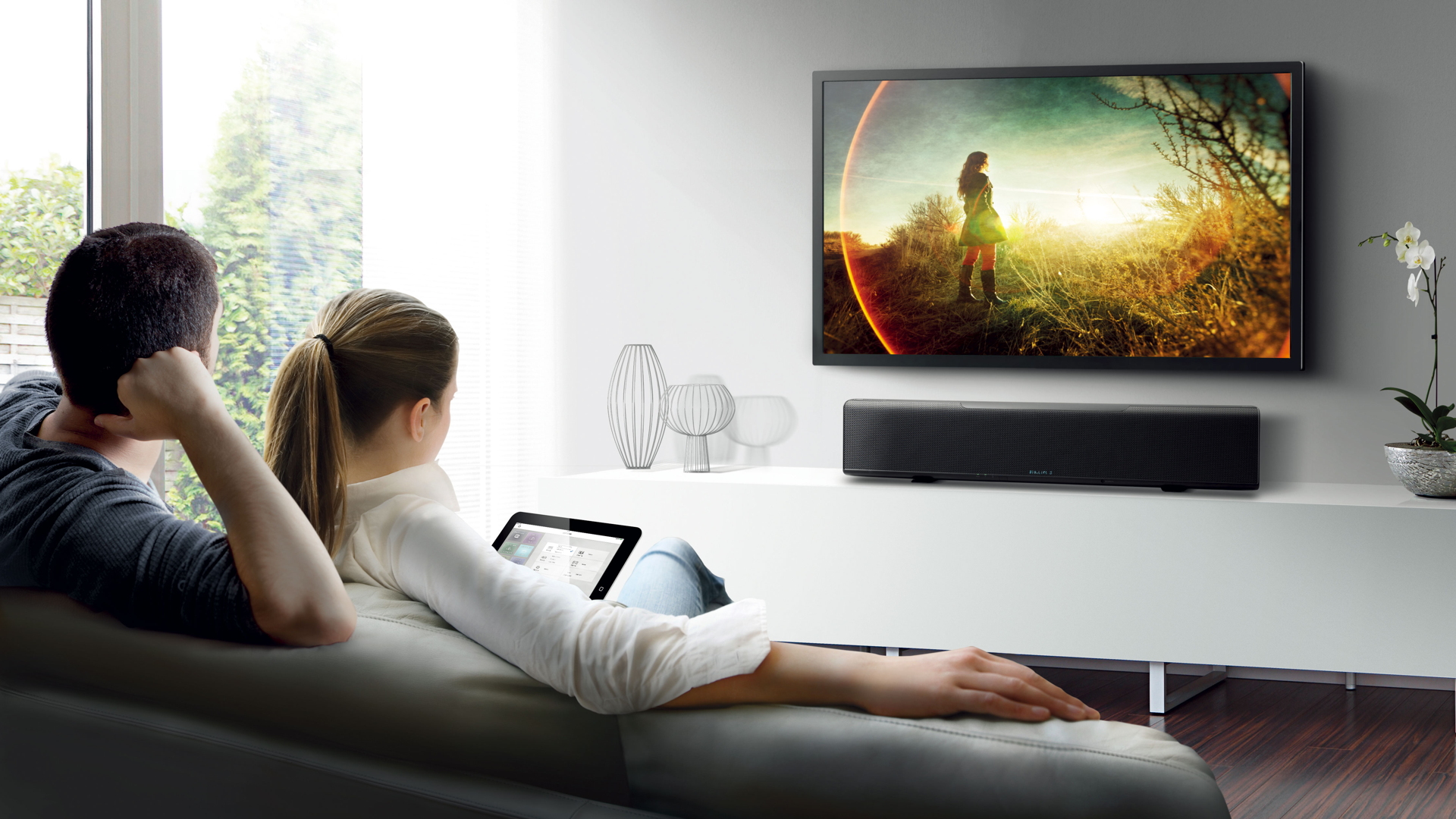
Styling & build quality
Your living room will never look like this, so don't even try.
Decor is all-important. Pah! Speakers should look 'sexy'. Err, good luck with that.
Don't let anyone fool you that five or six slabs of black plastic stationed around your living room – or even a hulking soundbar slapped down in front of your TV – will look 'sleek and modern'. They won't. Your formerly minimalist home will take on a cluttered, messy appearance, but your TV will have awesome sound.
However, there are some easy ways to prevent a sound system from dominating a room.
First, it's possible to stash a subwoofer behind a sofa without anyone noticing. Second, rear speakers – which you won't be able to hide – do now come in wireless versions (so less trailing cables, although they do need power). Third, some TV stands can be found that have speakers built in to them.
When it comes to speakers, much more important than how they look is what they're made of, and how solid they feel.
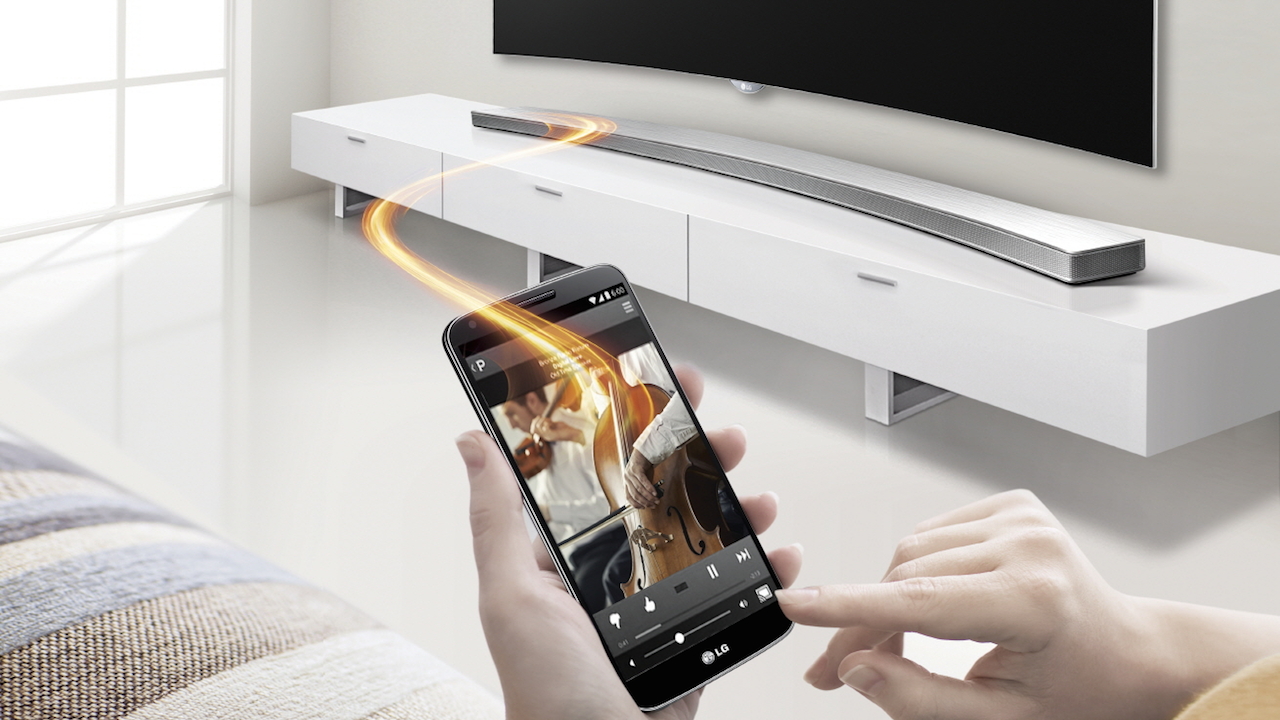
Soundbars & soundstands
The app-controlled LG HD8 is designed for curved TVs.
Usually packed with numerous separate drivers and often with a separate, large (though usually wireless) subwoofer, a good soundbar can not only aim audio right at you, but can do so with occasionally convincing virtual surround sound modes, too.
Note that most soundbars are loosely designed to accompany specific sizes of TVs, so one created for a 46-inch TV is going to look pretty stupid dwarfing a 32-incher.
Although the standard soundbar concept seems reasonably simple, there are some with big ambitions. Some can form part of a wireless multi-room sound system, such as the Sonos Playbar and the Denon HEOS HomeCinema. The Philips Fidelio HTL9100 even has detachable end-pieces that can be positioned behind your viewing position for wireless 'surround on demand', though each removable speaker needs recharging after about ten hours.
Another option is the soundstand, a low-profile slab that sits under the TV and typically has four speakers and two built-in subwoofers. Soundstands haven't really caught on, and are generally most suited to smaller 32-inch TVs.
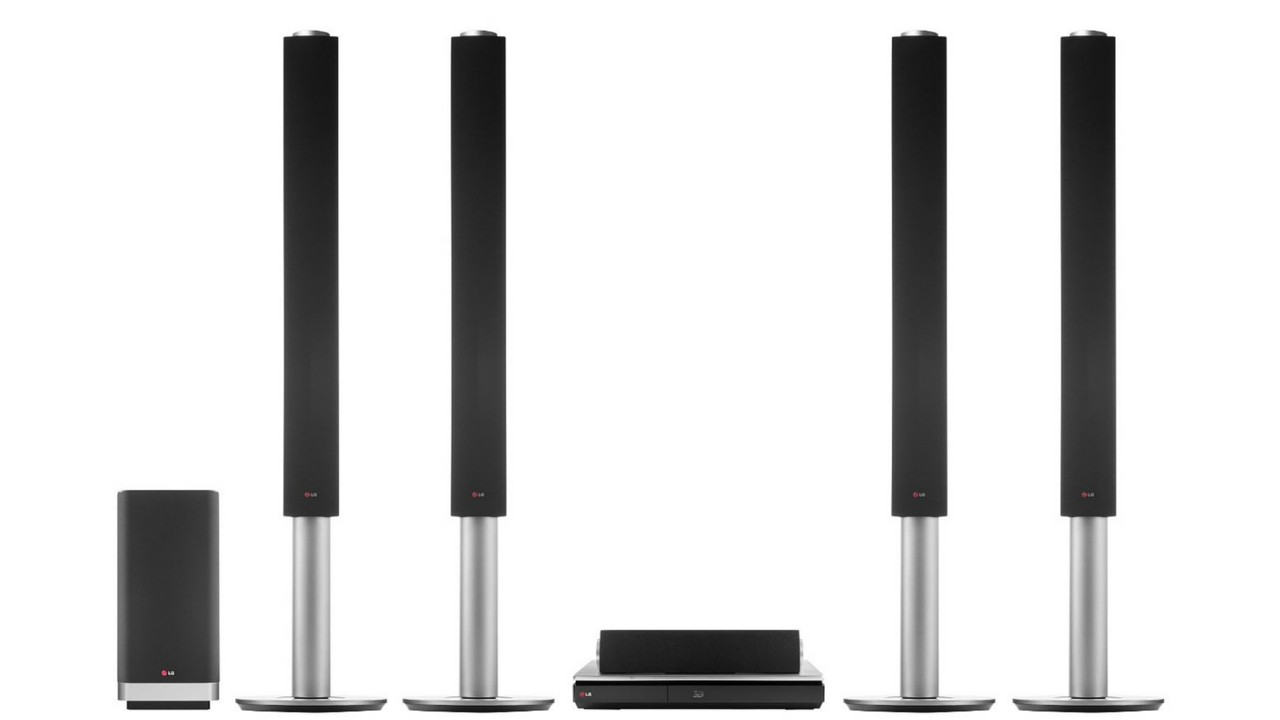
Surround sound setup
An all-in-one 5.1 surround sound system usually includes a Blu-ray player.
There are two options: an all-in-one 2.1, 5.1 or 7.1 surround sound system from the likes of LG, Panasonic, Sony or Samsung, which usually now includes a Blu-ray player, or (usually pricer) separates.
The latter means choosing a subwoofer, centre speaker, left and right front speakers, left and right rear speakers, and perhaps even more if you plan to go beyond 5.1 (five being the number of speakers, and one being the subwoofer).
You'll also have to choose an AV receiver if you plan to go for separates.
Increasingly, as well as having Bluetooth for streaming from a phone, all-in-one systems from the bigger brands have wireless rear speakers, which do need to be positioned near an electrical output, but can communicate wirelessly with the main hub typically positioned under the TV.
The downside is that all-in-ones tend to have a cheaply-made black shiny plastic look and feel, and aren't the highest-quality option. Those after real quality should head for separates.
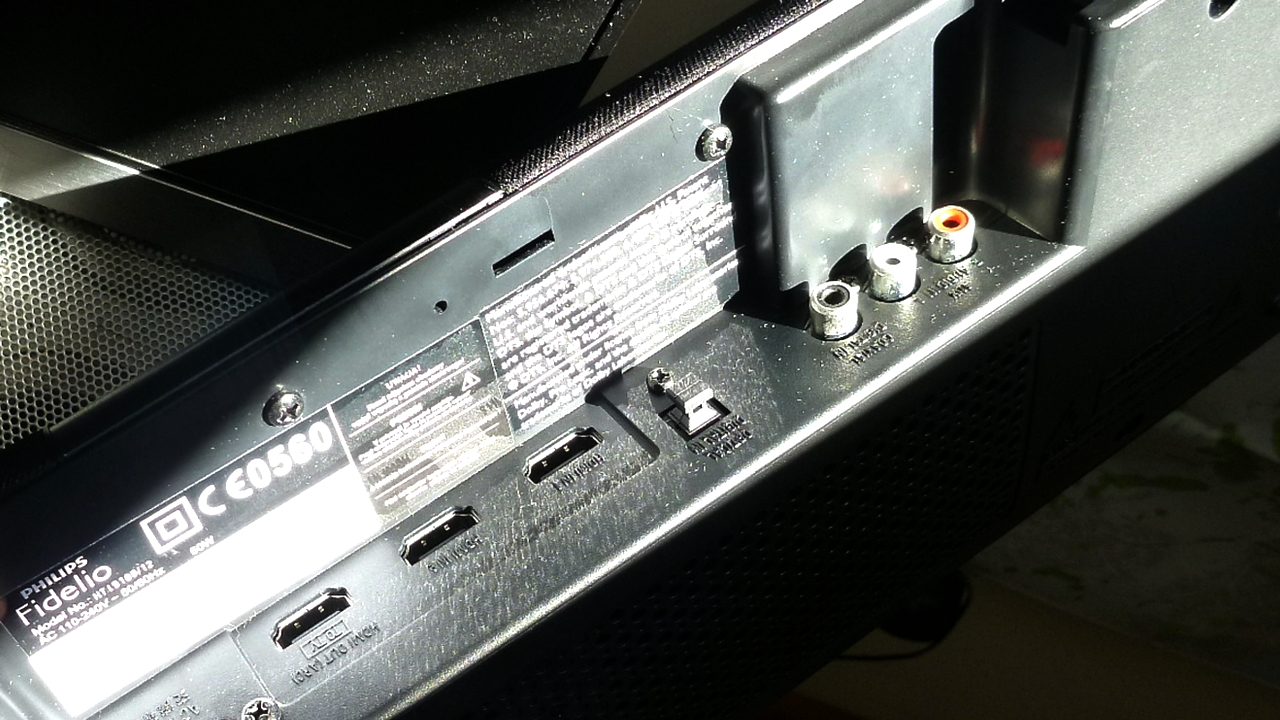
Connections & control
You'll find HDMI, optical and coaxial ins and outs in most audio gear.
Decoders for Dolby Digital, Dolby Digital Plus and DTS are standard on all kinds of surround sound systems, but it's worth paying some attention to the various ins and outs.
The best and easiest way is to connect it straight to a TV via HDMI, but that will only work if your TV has a HDMI input that's compatible with Audio Return Channel (it will be labelled HDMI ARC). Otherwise, an optical or coaxial digital audio output on the sound system, and input on the TV, is the next best option.
Although some TVs will let some same-brand speakers communicate solely over Bluetooth, it's better to think of Bluetooth on a soundbar or home cinema system as a way of conveniently streaming music from your phone.
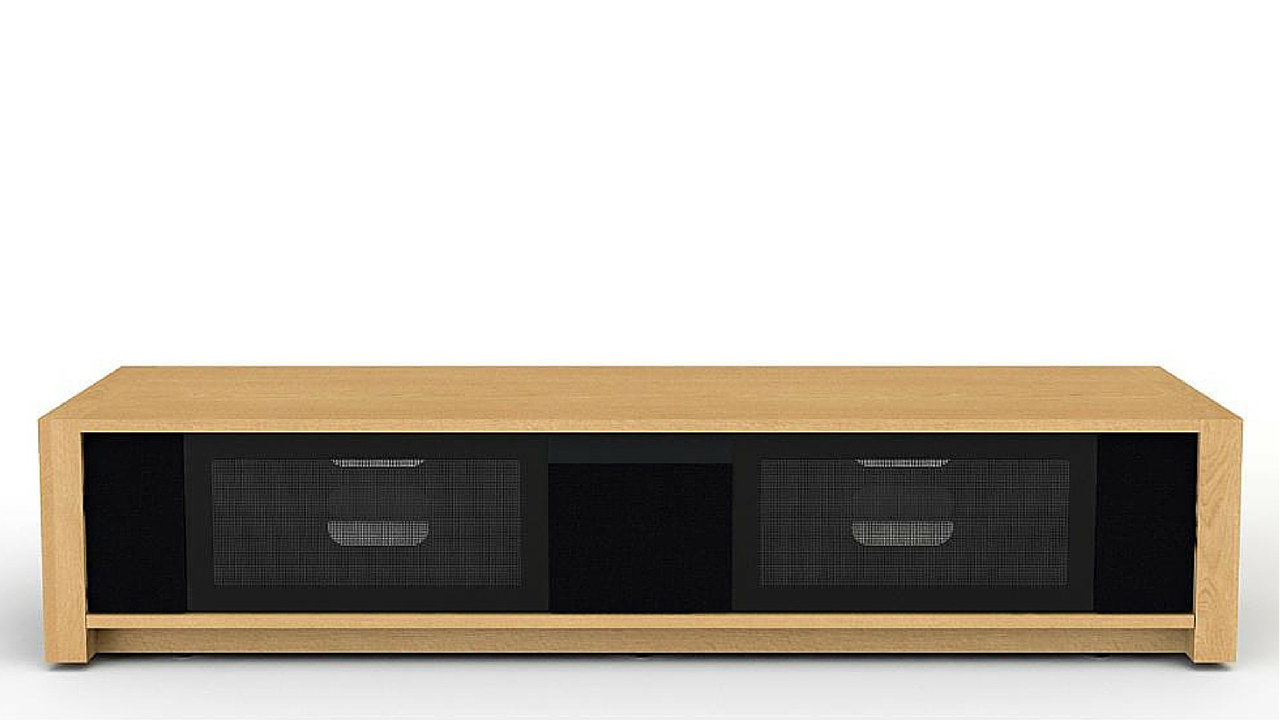
TV stands with built-in 2.1 systems
All-in-one TV stands offer a neat solution.
If you're going to plonk a large piece of wooden furniture under a TV, why not find one with speakers already inside? Choices are limited, but an integrated audio system makes a lot of sense for a living room if some extra clarity and depth is what you're after, rather than surround sound.
Most such all-in-one TV stands have a 2.1 speaker system, with two speakers on each side of the stand, and a flat subwoofer strapped to the back to leave plenty of room inside for a DVD player, set-top box and games console.
As always with built-in gear it's the quality of the speakers that is all-important – and some all-in-one TV stands can be disappointing, so do get a live demo. Also pay attention to how the amplifier on the back connects to a TV. An optical audio input is the easiest, though make sure you know whether your TV has an optical audio output (most newer models do). If not, consider what you do need – a coaxial audio output or 3.5mm stereo jack are the most likely.
If you can find a model with Bluetooth (such as the Techlink M-Series 170), you'll also be able to stream music to the TV stand from your phone. Another good option is the Alphason Event EVT1000, which includes Q Acoustics speakers.

Jamie is a freelance tech, travel and space journalist based in the UK. He’s been writing regularly for Techradar since it was launched in 2008 and also writes regularly for Forbes, The Telegraph, the South China Morning Post, Sky & Telescope and the Sky At Night magazine as well as other Future titles T3, Digital Camera World, All About Space and Space.com. He also edits two of his own websites, TravGear.com and WhenIsTheNextEclipse.com that reflect his obsession with travel gear and solar eclipse travel. He is the author of A Stargazing Program For Beginners (Springer, 2015),